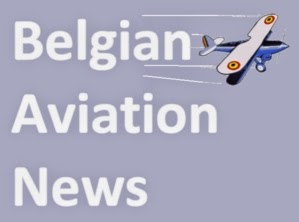Forwarded message - From: Latest News from EASA

| ||||||||||||||||||||||||||||||||||||||||||||||
